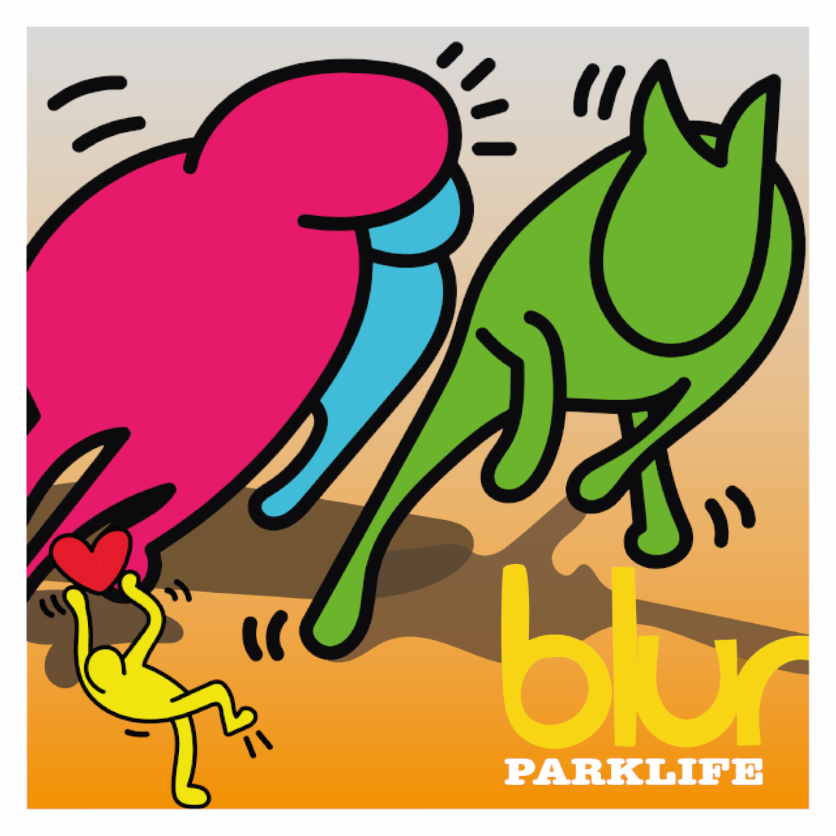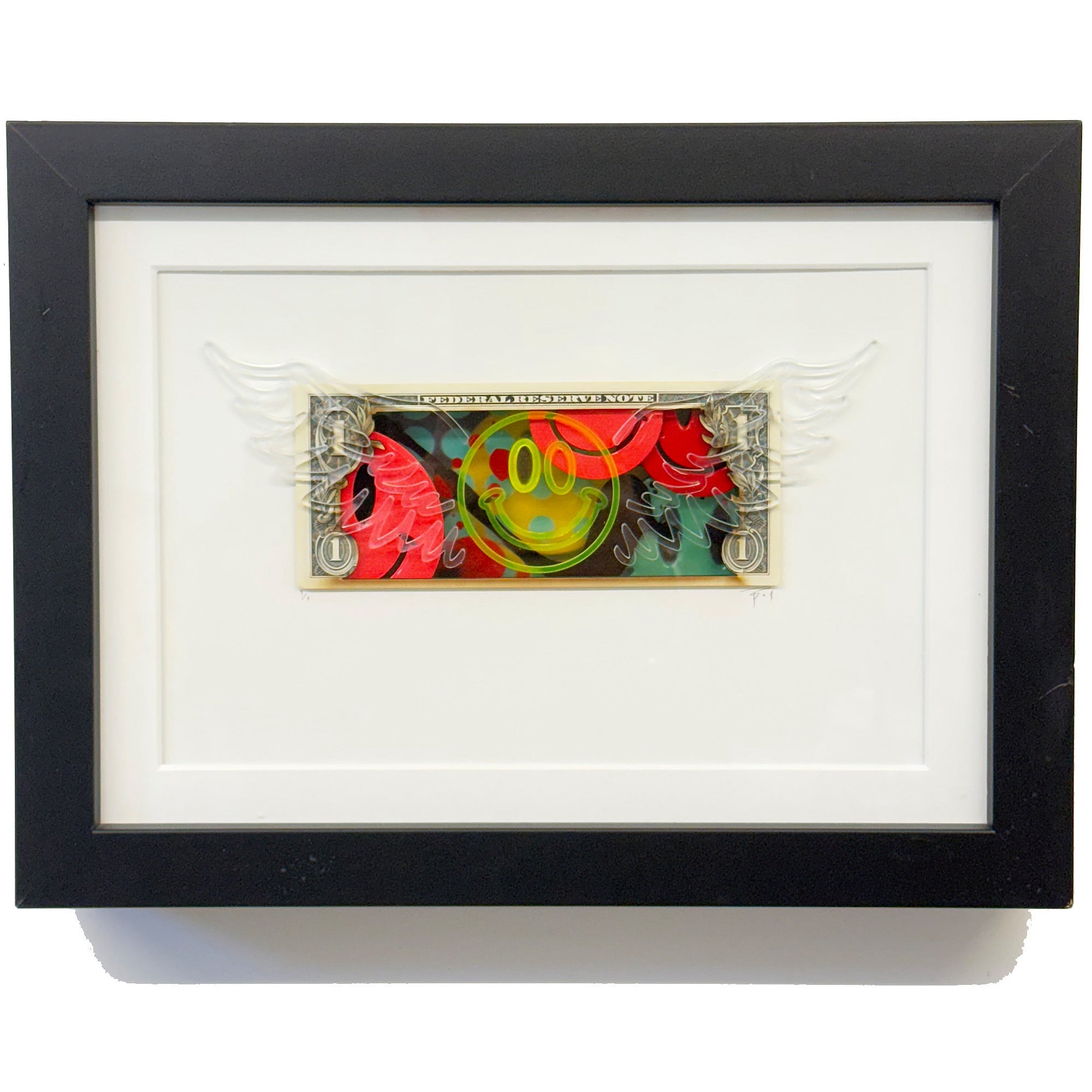One of the most universally recognisable symbols of our time, loved by everyone from ravers to Fatboy Slim to a whole world of texters, and everyone in-between, the sunny yellow smiley face burst onto the scene in the early 60s designed as a motivational tool in an insurance company, of all places.
Fast forward to the 90s, a time of great cultural change, which in turn generated a wave of new
trends and symbols. Did the smiley face make the cut into its 4th decade? And just how popular were smiley faces in the 90s? Let's take a look.
THE ORIGINS OF THE SMILEY FACE
Having been around since 1963, the smiley was created by graphic artist Harvey Ball. He was commissioned to come up with a design that would boost morale among employees at the insurance company, and his simple yellow circle with two dots for eyes and an upturned arc for a mouth became an instant hit. The design quickly spread throughout the world, becoming one of the most recognisable symbols in history.
SMILEY FACES IN POP CULTURE
In the consumer boom of the 1980s, smiley faces began to appear more frequently in pop culture.
featuring on t-shirts, mugs, pins, stickers, and all manner of other merchandise. By the 1990s, they had become ubiquitous – you could find them everywhere from music Videos, television shows and movies to kids lunchboxes and clubbers’ clothing.
SMILEY FACES AS A SYMBOL OF OPTIMISM
The 90s was an era of great optimism and hope for many people around the world. The fall of communism had ushered in a new era of global peace and prosperity, while technological advancements made life easier than ever before. It's no surprise that many people embraced the smiley face as a symbol of this newfound optimism – after all, what better way to express your joy than with a cheerfully iconic smiley yellow circle?
SMILEY FACES TODAY
Today, smiley faces are still just as popular as they were back in the 90s – if not more so! Thanks to modern technology such as smartphones and social media platforms like Facebook and Twitter, we can now share our smiles with friends all over the world! The world of Pop art has embraced and run with the symbol and its now as much part of popular culture, or even more so, than it ever was.









